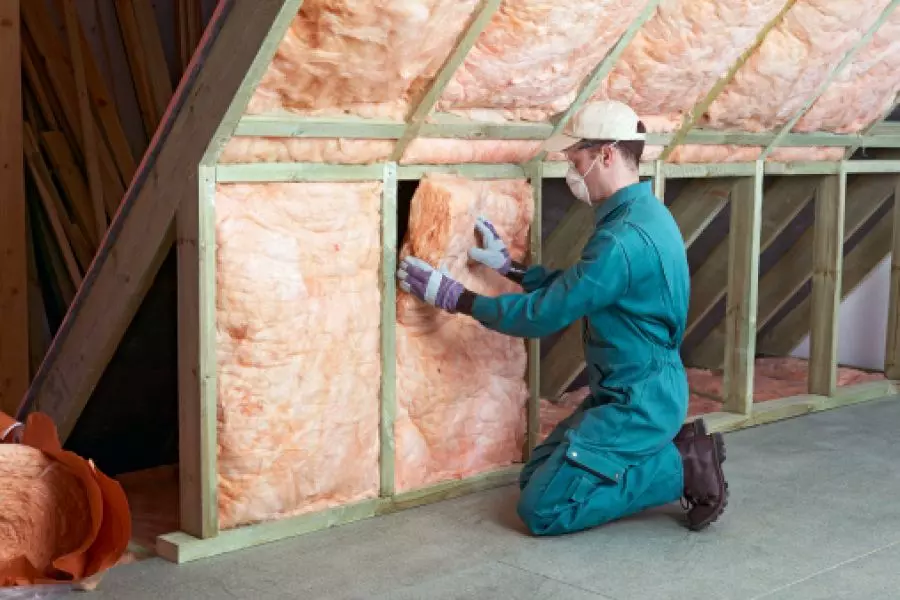News
Healthy Homes benefits overstated - economist

Monday 17th of December 2018
To meet the requirements of the Healthy Homes Guarantee Act the Government will be introducing a set of healthy homes minimum standards in a bid to make rental homes warmer and drier.
The much-heralded standards will set minimum requirements for heating, insulation, ventilation, moisture and drainage, and draught stopping in residential rental properties.
A cost-benefit...
Want to read the full article?
Click the button below to subscribe and will have unlimited access to full article and all other articles on the site.






![[The Wrap] Bye Bye Bayly](https://goodreturns.publit.io/file/c_fill,w_900,h_600/39f23ac1-f7c7-4854-b700-a150004ebbac.webp)


